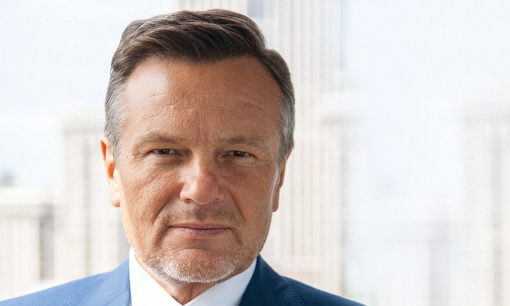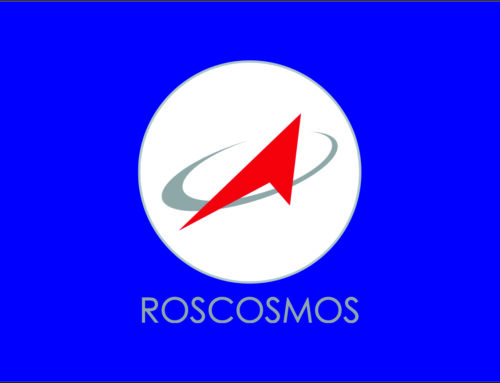Ieftinirile provocate de Elon Musk & SpaceX provoacă reacții în ceea ce eu definesc a fi Cursa Spațială 2.0. Și numai Agenția Spațială Europeană pare să nu țină pasul… Dar, să-i lăsăm pe “ai noștri”.
Racheta rusească va fi lansată într-un zbor de test, până la 120 – 130 de kilometri înălțime și va… rafina aterizarea dinamică.
Lansarea acestei prime rachete rusești reutilizabile cu aterizare, similară cu Falcon-urile americane de la SpaceX, este planificată pentru anul 2020 – a declarat proprietarul biroului particular de proiectare LAROS, Oleg Larionov.
LAROS dezvoltă o familie de rachete purtătoare reutilizabile de capacitate mică (PH) care vor utiliza un mix de peroxid de hidrogen (dacă n-am tradus bine… mărturisesc că la chimie preferam să chiulesc) și kerosen. LAROS PH-1, prima modificare a rachetei, va fi o rachetă cu o singură treaptă, suborbitală, al cărui motor va avea o tracțiune de 500 de kilograme forță.
“We plan to launch the suborbital carrier rocket in 2020. That rocket will be brought to the height of 120-130 km and is required to refine the so-called dynamic landing. Meaning that we pull out the rocket, turn it round and then land it as Musk does.”
A explicat Larionov.
În prezent, biroul de proiectare lucrează la motoare. Larionov a spus că până în prezent au fost realizate o serie de motoare experimentale cu tracțiune de 20 de kilograme, care utilizează același mix de combustibili.
Toate motoarele sunt imprimate 3D.
“After those samples reach stable results the engine will be scaled up to 500 kg traction.”
A mai spus Larionov.
După perfecționarea rachetei, compania va demara realizarea rachetei reutilizabile orbitale LAROS PH-2, care va fi capabilă să plaseze o încărcătură de 200 de kilograme la 400 – 500 kilometri înălțime.
Dincolo de vestea aceasta, am dat peste un interviu cu Oleg Larionov:
— What is planned to create within this project?
— We create the unique service for commercial launches of ultra-light rocket weighing up to 150 kg. The project is being implemented in three stages: the creation of the LAROS-PH1 suborbital launch vehicle, then the creation of two-stage LAROS-PH2 orbital launcher and, in the long term, the LAROS-PH3 single-stage orbital rocket. A very important aspect of the project is the creation of mobile launchers that will make the launches more available. Regarding the period of creation, the launch of the ultra-light suborbital rocket is planned for 2021, the first orbital rocket – for 2024. The creation of the single-stage orbital rocket is very complicated and ambitious project. Preliminary we will be ready to present it to the world by 2027. The total cost of the project is 1.4 billion rubles. According to our calculations, the payback period will be about 5 years. In addition, we plan to create mobile starting units. It is very important in terms of the economic availability of launches.
— What has already been done within the project? And where do you get the financing for its implementation? Are you working with Roscosmos?
— Research and development is currently carrying out to develop and test a clean rocket engine without cryogenic components – aviation kerosene and hydrogen peroxide are used. A mobile stand for fire tests of engines with thrust up to 100 kgf has been created. Also with the help of 3D-printing are created working models of engines. In the future we plan to create and test the engines with electric pumping system of fuel supply and thrust of about 500 kgf and 2500 kgf.
At the moment the financing is carried out by own funds. Concerning Roscosmos, I can say that it is gradually moving towards business. Not so long ago the first meeting with private aerospace companies was held. This is a big step towards cooperation.
— What is the mobile launcher system?
— In fact, it is a system installed on wheeled or tracked vehicles. It includes, besides mobile unit itself, rocket engine refueling systems. The advantage of this system is, firstly, its low cost, which reduces the cost of the launch itself. Second, there are many more opportunities in terms of launch geography.
Rămâne de văzut… ca simpli spectatori cosmici.
Iulian Iamandi



 Abonează-te la Resboiu TV
Abonează-te la Resboiu TV



Putoare de ziarist.
Da dă ce?
Putoate petru ca nu a tradus ceea ce a spus Oleg Larionov? Daca esti asa interesat de ceea ce spune, sa stii ca s-a inventat Google Translate.
P. S. Acuma’ tot prostu’ stie engleza:))